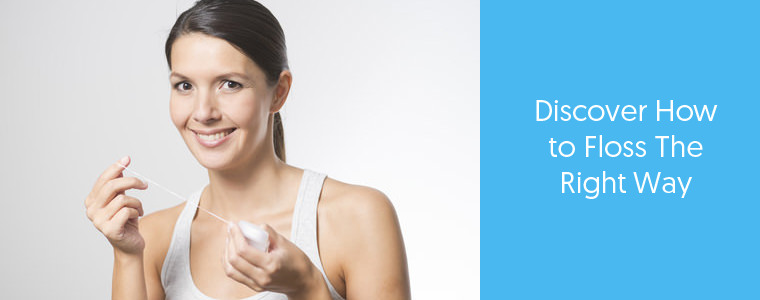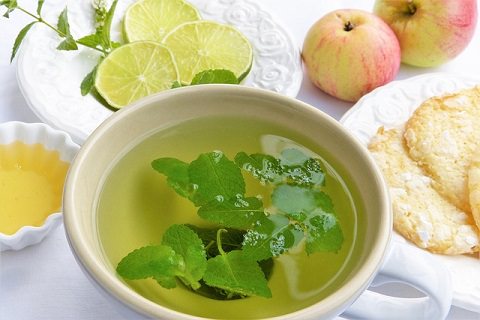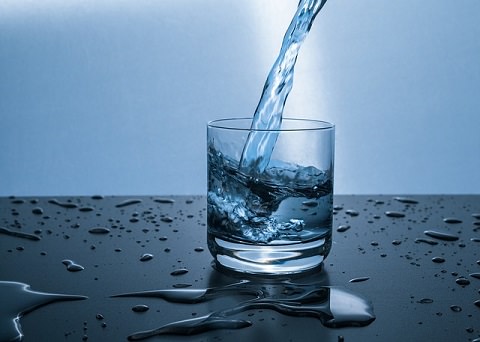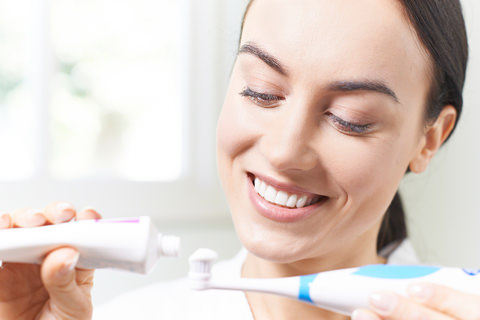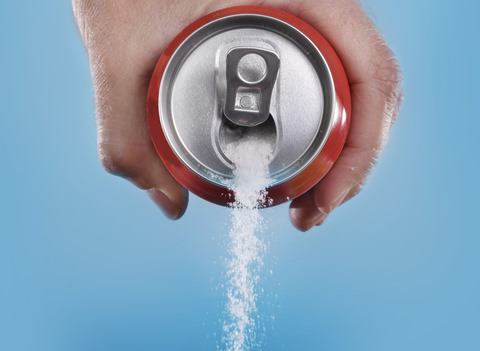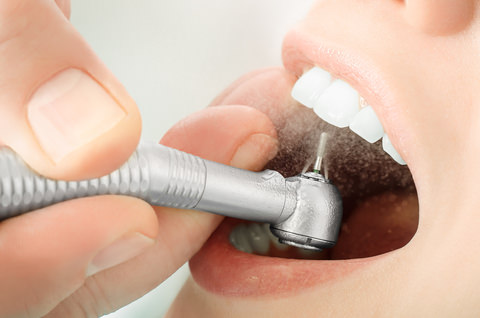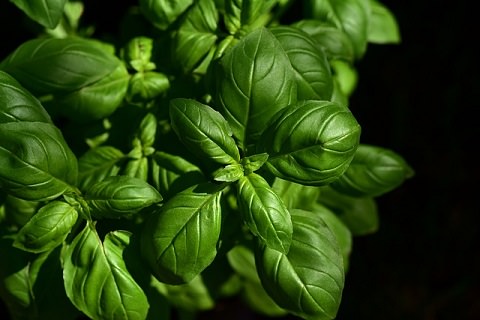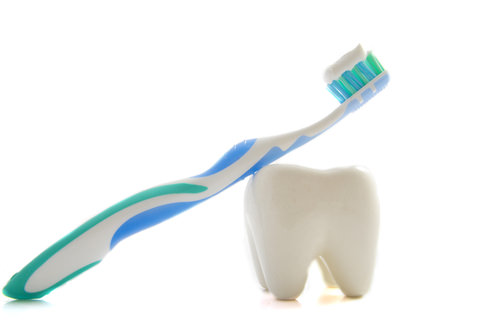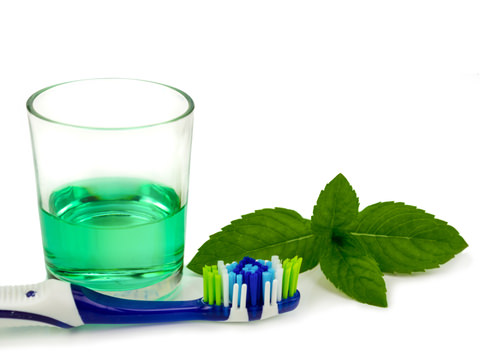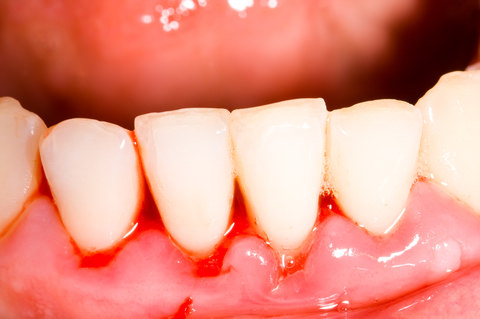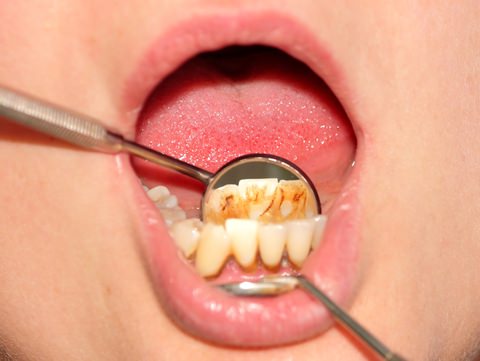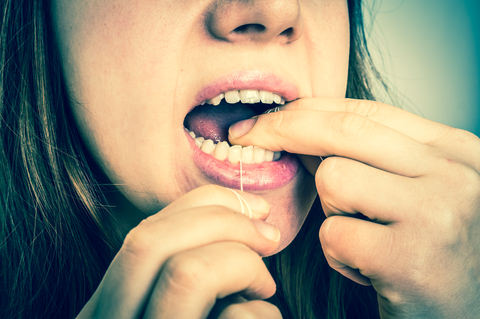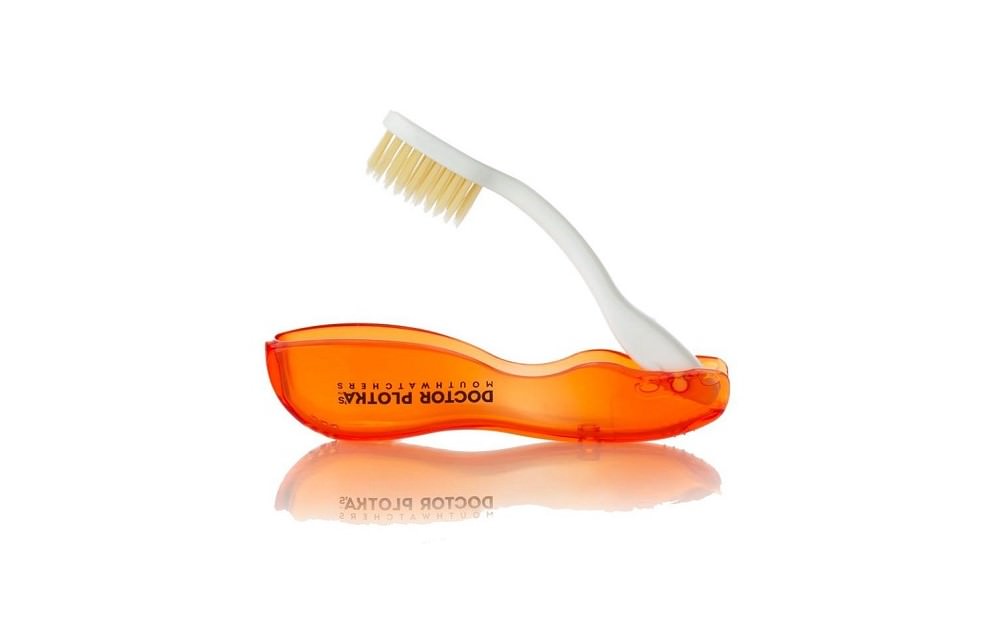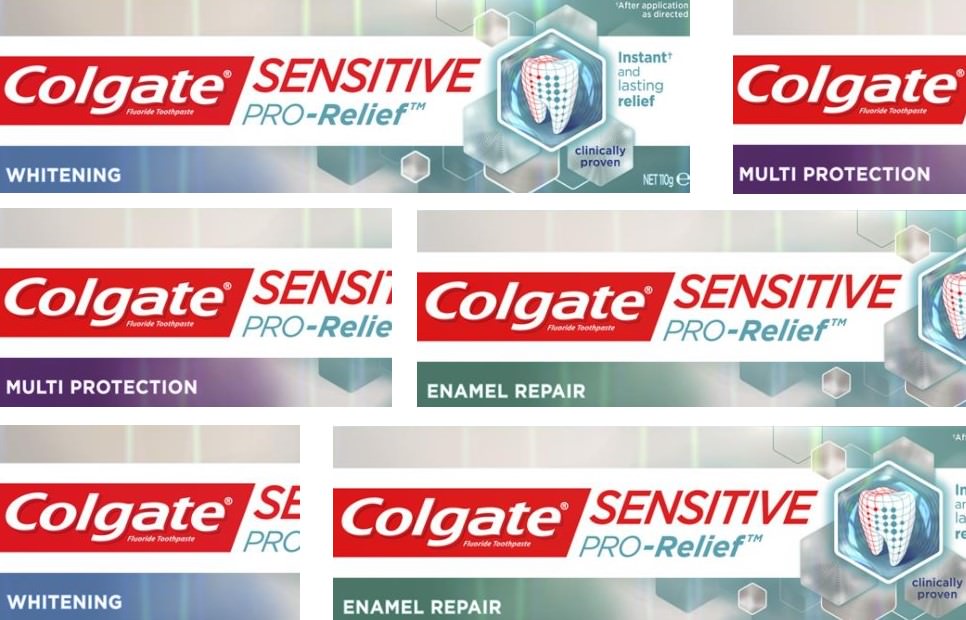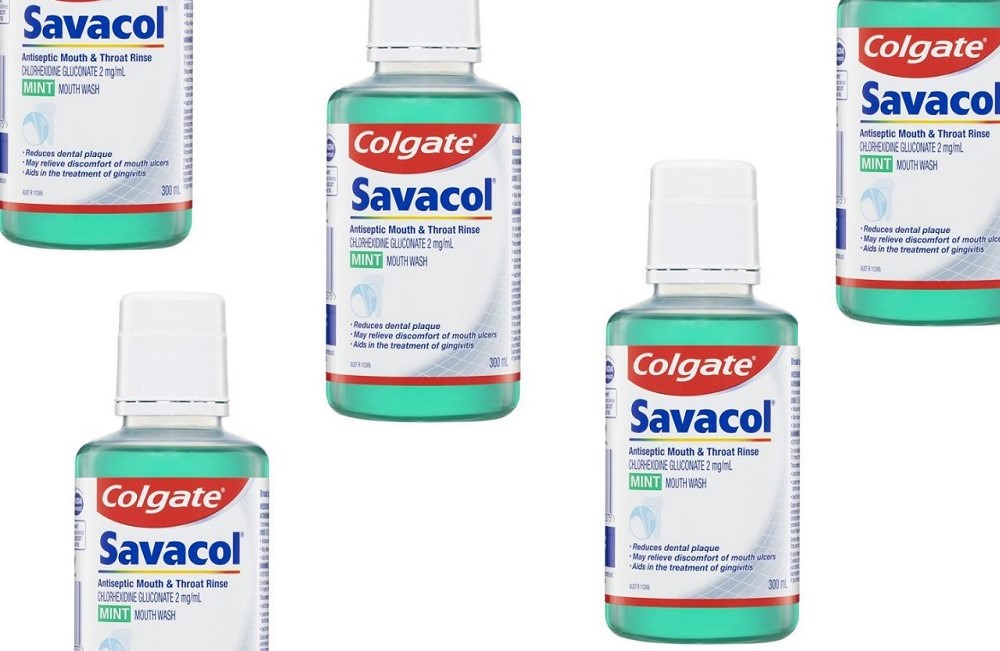How to Stop Bleeding When You Floss: Tips & Tricks
People typically ask two main questions when it comes to flossing; why do gums bleed and what to do about it?
So how do you stop bleeding when you floss?
There are some natural remedies when this occurs, however, you may need expert help such as seeing a periodontist, who specialises in issues relating to your gums.
The truth is that healthy gums don’t bleed and that bleeding gums are not normal.
So it stands to reason that to reduce bleeding from gums, you need to keep your gums healthy.
While bleeding gums may also be because of an underlying issue such as gingivitis, it can also be a simple side effect of pregnancy.
Here I will discuss the several reasons why your gums might bleed when flossing and how to prevent this.
Tips & Tricks to Avoid Bleeding When Flossing
There are several remedies to stop your gums from bleeding, ranging from professional to home remedies.
Rinsing With Saltwater
This remedy has been used for a long time to help with toothaches and swelling.
Salt is a natural disinfectant and helps remove bacteria from the gum line.
It also helps loosen any food particles or debris stuck between teeth, by drawing out water and shrinking them.
As salt disinfects sore gums and extracts excess water from the mouth, it effectively reduces swelling and inflammation.
This helps you to floss without damaging gums or bleeding.
Peppermint Tea Bags or Ice
Although this may seem like a very odd combination, both of these items act similarly by numbing nerve endings and reducing pain.
Inflamed areas become sensitive, swell, and emit heat, which is why floss might cut into the inflamed gums and cause them to bleed.
A cold peppermint tea bag or ice cube absorbs the heat being emitted and cools the affected area.
As gums cool down, the swelling decreases, allowing the user to floss safely.
Don’t Brush Too Hard
It is a popular belief that brushing hard means more cleanliness.
That statement couldn’t be further from the truth.
The more pressure you apply, the more your brush’s bristles get compressed.
You want the bristles to come into contact with your teeth head-on, and not sideways, so it’s always best to apply gentle pressure.
Your teeth may be able to bear the external pressure, but your gums can’t.
You will not only damage them, but a slight mistake, and you might hurt your mouth in some other way!
Cut Sugars
Tooth decay is caused by bacteria in the mouth that thrives on sugary foods and drinks.
These bacteria produce acids that damage the teeth and in turn, the gums.
Gums swell and become extremely sensitive because of these acids.
To avoid this weakening and in turn, bleeding of gums, you should cut down on sugary foods and drinks.
This includes foods like chocolates, beverages, toffees, etc.
Smoking & Alcohol.
Tobacco is harmful, not only to the user’s lungs but also to their teeth and gums.
It directly affects the linkages between the bone and soft tissues of teeth.
As teeth become loose, it gets harder to brush and floss without bleeding.
Smoking also affects the usual function of gum tissue cells, reducing their ability to hold the teeth in place and protect their pulp.
A study by Brazilian researchers about the effects of alcohol on teeth has found that consuming alcoholic beverages can not only impact the user’s gum negatively but also exacerbate existing dental conditions.
The study revealed that drinkers had a higher presence of plaque than non-drinkers.
This triggered an inflammatory response in the affected test subjects, resulting in them bleeding during flossing.
1. Onions and Garlic
Though onions and garlic are known for their ability to make the user’s breath unpleasant, they contain antimicrobial agents that help kill bacteria and prevent gum disease.
2. Spinach and other leafy greens
Vegetables and other leafy greens are rich in vitamins and minerals, especially vitamin C, which helps reduce inflammation.
This effectively fights against irritation and gum disease.
3. Citrus Fruits
Acids in these fruits are beneficial, helping not only in whitening teeth but also killing off any bacteria around the teeth and gums.
4. Carrots, Celery, & Apples
Crisp fruits and vegetables help clean plaque from teeth, acting as natural toothbrushes.
These fruits and vegetables are naturally abrasive, and when you bite into them, they take away any stains or food particles along with.
5. Salmon & Nuts
Salmon and nuts contain polyunsaturated fatty acids, (PUFAs) which have been found effective against gum diseases and periodontitis.
This list is not, to any extent, exclusive.
However, just maintaining this diet isn’t enough.
Care must be taken along with, to ensure maximum protection for your teeth and gums.
Debridement
Moving on from home remedies, one sure-fire way to floss without bleeding every time is to get debrided.
Debridement of teeth means to have the food particles, bacteria and other damaged tissue removed from between the teeth.
Damaged gum tissues get extra sensitive to touch, and you can either wait a long time for them to heal or simply get a debridement done.
Waiting for so long to heal and not flossing might not be a good option, as it leaves teeth susceptible to the formation of plaque.
After debridement, only miss a day of flossing to allow the newly exposed gums to heal and let you floss blood-free.
Chlorophyll
Chlorophyll is the substance responsible for the green colour of leaves and plants.
It’s essential for plants as it helps them with photosynthesis, their food source and produces oxygen as a by-product.
Chlorophyll’s molecular structure is much similar to hemoglobin the oxygen transported in our body.
It contains essential vitamins, minerals and other compounds that help strengthen teeth, which can reduce bleeding when flossing or brushing.
If you would like to know more here is 21 Surprising Chlorophyll Benefits by Organic Facts.
Proper Brushing Techniques
As important as flossing is, brushing properly holds equal importance in maintaining healthy teeth.
Brushing your teeth can help remove the biofilm that forms regularly on your teeth.
Which is a good thing in small quantities, but not when accumulated.
If you don’t brush properly, the biofilm accumulates between the teeth where your toothbrush won’t reach, thus forming plaque and tartar.
Brushing carelessly may also damage gums and make them swell, which might get cut when you floss.
Use a Mouthwash Daily
An antiseptic mouthwash can do wonders if used regularly.
Though not an alternative to brushing or flossing, it can help kill the bacteria causing plaque to develop on your teeth.
If you use it just after bleeding during flossing, the antiseptic properties of the mouthwash may even help you identify the gum that is causing said bleeds through slight pricks.
You can address the situation accordingly and determine whether there is a cut on your gums or something more serious.
Relax
One of the most common mistakes people make on seeing blood during flossing is that they get anxious and tense up.
This releases a hormone named cortisol.
This hormone not only helps you cope with stress but also swells your body up in preparation for whatever is coming.
The swollen body, in turn, gets more and more susceptible to damage during flossing.
Calcified Plaque
Calcified plaque or merely built-up plaque is one of the most likely causes of bleeding gums.
Plaque that has been set on the gums for several days can irritate or inflame gums to a point where even touching them with floss might end up rupturing the sensitive gum and cause it to bleed.
The longer plaque is left on gums, the longer it has to inflame them.
This process cuts the connection between the affected gum and tooth, effectively weakening its defensive capabilities.
Bacteria and other toxins can then freely enter the bloodstream, resulting in periodontal diseases.
This condition may very well be a result of gingivitis.
Poor Flossing Techniques
Beside any serious health concerns, another common cause of gums bleeding is improper and careless flossing techniques.
It might seem tempting to floss quickly to be able to keep up with your busy schedule, but it is never a good idea to do so.
You should stay calm and carefully work around each tooth and the Australian Dental Association has very clear guidelines on how to floss properly and safely.
Other Factors
Women might also find blood in their gums after brushing or flossing as a result of pregnancy.
About 50% of pregnant women’s gums become swollen and tender that bleed when flossing.
This is a mild form of gingivitis known as Pregnancy Gingivitis.
It is caused partly due to hormonal changes that make their gums sensitive to bacteria.
In order to prevent pregnancy gingivitis, it is recommended that you practice good oral hygiene and eat healthy during pregnancy.
Although you may not want to, especially during your first trimester, try to keep a healthy diet by varying between fruits, vegetables, whole grains, and dairy products.
Is Bleeding After Flossing Always a Cause for Concern?
Sometimes, your gums might bleed simply because you brushed too hard, or perhaps because you’ve had your teeth debrided recently.
How can we tell if bleeding gums in those cases are a cause for concern or simply a side effect of something else?
One of the best ways to know for sure if this bleeding is the problem is to wait.
If your teeth bleed only once or twice when flossing, you might simply be doing something wrong such as brushing too hard or flossing poorly.
If, however, the bleeding continues, then you might need to start talking about the precautions mentioned above.
Dentists recommend that you should wait three to four days before worrying.
It might be a simple hard tug that caused the bleeding, which is bound to heal in the next day or two.
Conclusion
The main point to take away here is that healthy gums rarely bleed.
If you bleed during flossing, it might be indicative of unhealthy gums or teeth.
A daily rinse with mouthwash, careful flossing, and proper brushing techniques might be all that you need to make your gums stop bleeding.
If even after employing the tips and tricks mentioned above, if the bleeding doesn’t stop and continues for more than three days, visit your dentist.
She will help you find the best remedy for your problem or will be able to diagnose any serious issue with your teeth.
As it is usually said in the dentistry field to brush and floss only the teeth you want to keep, make sure you keep brushing and flossing your bright whites regularly!
What’s your favourite dental floss to use?
By Dr. V
Created at October 19, 2018, Updated at January 25, 2025


